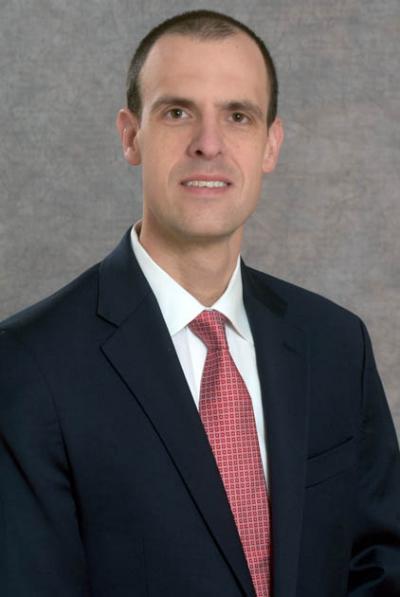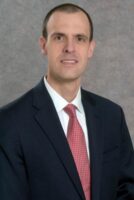
24 Aug Columbia Study Finds Large Increase in Gender-Affirming Surgery Over Time
MedicalResearch.com Interview with:

Dr. Wright
Jason D. Wright, MD, FACOG, FACS
Sol Goldman Associate Professor
Chief, Division of Gynecologic Oncology
Vice Chair of Academic Affairs, Department of Obstetrics and Gynecology
Columbia University College of Physicians and Surgeons
New York, New York 10032
MedicalResearch.com: What is the background for this study?
Response: There is growing recognition that gender-affirming surgery (GAS) is safe and that the procedures are associated with favorable long term outcomes. Prior work has explored the use of inpatient procedures and shown that the rates of GAS have risen, but there is little contemporaneous data to examine more recent inpatient and outpatient use of GAS. This is particularly important as changes in insurance regulations may have increased access for these procedures. We examined temporal trends in performance of inpatient and outpatient GAS and examined age-specific trends in the types of procedures performed over time.
MedicalResearch.com: What are the main findings? Is there an increase across all age groups?
Response: We noted a large increase in the number of gender-affirming surgery procedures performed over time. For example, the number of procedures performed annually increased from 4552 in 2016 to 13,011 in 2019. Overall, we found that breast and chest procedures were the most frequent type of procedure performed overall and the most frequent age at which patients underwent surgery was ages 19-30. Breast and chest procedures were the most frequent type of procedure in younger patients, however, in older patients genital reconstructive procedures increased in frequency and became the most common type of procedure performed.
MedicalResearch.com: Is the increase due to greater availability or improvement in procedures?
Response: The rise in gender-affirming surgery is likely multifactorial. Certainly there is a greater awareness of the procedures among patients and medical providers and there is a growing body of literature that the procedures are generally safe and associated with high satisfaction. There have also been a number of initiatives to improve insurance coverage for these operations which likely make them more accessible to patients. There is clearly a need to further explore the very rapid rise in the number of procedures performed each year.
MedicalResearch.com: What recommendations do you have for future research as a result of this study?
Response: There is certainly a need to better understand what is driving the rise in these procedures and to explore barriers to access to gender-affirming surgery. From a policy standpoint, there have recently been a number of initiatives in some states to limit access to gender-affirming surgery, particularly among adolescents. In our study, GAS procedures in patients 18 years of age and younger made up a small number of the actual procedures performed. By far and away gender-affirming surgery procedures were most commonly utilized in patients 19-30 years of age. Further follow-up is needed to understand how state and local policies and other initiatives to limit access to GAS will influence the trends we noted.
Disclosures: I have received honoraria from UpToDate and research funding from Merck, neither related to the current study.
Citation:
Wright JDChen LSuzuki YMatsuo KHershman DL. National Estimates of Gender-Affirming Surgery in the US. JAMA Netw Open. 2023;6(8):e2330348. doi:10.1001/jamanetworkopen.2023.30348
The information on MedicalResearch.com is provided for educational purposes only, and is in no way intended to diagnose, cure, or treat any medical or other condition. Always seek the advice of your physician or other qualified health and ask your doctor any questions you may have regarding a medical condition. In addition to all other limitations and disclaimers in this agreement, service provider and its third party providers disclaim any liability or loss in connection with the content provided on this website.
Last Updated on August 24, 2023 by Marie Benz
